Almost every day someone tells me, “Neil, I love your SEO tips, but I’m in a really small niche. What do I do?”
Does that sound familiar?
I’ve gotten so many questions like this that I had to address it in a blog post.
I’ll be totally transparent with you. This is a real problem.
Not everyone is in a giant niche like marketing or sales or yoga or health food.
If you’re in a niche like that, a smart content marketing strategy will pull in plenty of organic traffic.
A small niche on the other hand? It’s tough! There just aren’t a lot of people on the planet searching for your particular topic.
You might struggle to generate content ideas and to attract organic traffic.
But does that mean you’re doomed to having just okay SEO? Not at all.
Here’s the good news: Even if you’re in a low-volume niche, you can still be an SEO master.
You’ll have to approach SEO a little differently, but you can still get great results.
Driving more traffic, increasing visibility, getting more backlinks––it’s all possible no matter what niche you’re in.
Now, does this mean your SEO will be simpler? Unfortunately, no.
In fact, your SEO process will consist of many of the usual suspects––technical SEO, page optimization, link profiles, and so forth.
So I’d first recommend getting to know SEO well. If you don’t already, check out this SEO guide.
Once you’ve done that, read on and take a look at how you can use SEO in a small niche that doesn’t have a lot of search volume.
The problem with low search volume
I know.
You want to get right to the good stuff. (Maybe you’ve already scrolled past this!)
But in order to really get the most out of your SEO, you need to understand what problems you’re going to be up against.
When I say “low-volume niche,” I’m talking about search volume.
Search volume is the number of searches that a particular keyword gets.
Most keywords are seasonal, meaning that they get used more during certain times of the year. An obvious example is holiday-related keywords.
As you see in the graph above, this rise-and-fall behavior is pretty typical for most keywords.
And for most keywords, even during the lowest point on the graph, there’s still a fairly high search volume.
Can you see the problem with low search volume already?
If your keyword ordinarily has a lower search volume, it’s not going to get a lot of attention. People might only search this keyword during very specific times or in certain situations.
You can check the search volume of your keyword using Google’s Keyword Planner. (You have to have an AdWords account to access this feature.)
Log into your AdWords account and click on Tools > Keyword Planner.
Choose “Get search volume data and trends.”
Enter your keyword(s) and click “Get search volume.”
You’ll see a general search volume range in the “Avg. monthly searches” box:
It’s also a good idea to cross-check this with another keyword volume checker.
There are several options you can choose from, but I like using KWFinder.com because of its awesome interface.
SERPS.com is another nice tool that breaks down volume, CPC, and overall value for you:
Using these resources, you can get an excellent idea of what your keyword’s general search volume is.
Unfortunately, some keywords can actually be too niche for Google.
So if you’re wondering if your keyword is too unusual or strange, you might be onto something.
Let’s try a really specific keyword like “inexpensive diving gear.” If you input that into Keyword Planner, you’ll see this:
If you tried to use a keyword like this in a campaign, you could get a notice that it’s ineligible.
Google actually has official documentation that explains this:
So if your keyword is super low-volume, you may be unable to use it in your campaigns.
Now that’s a problem.
What’s funny is that specific keywords are usually way better than general ones. But there seems to be a fine line, and when you cross it, you’re looking at failed ad campaigns and low traffic.
What can you do if you’re in this situation?
As I’m about to show you, you can make a few small tweaks to put yourself back on the SEO map.
Is your keyword too specific or niche?
When you stop and think about it, getting keywords right is absolutely essential for low-volume SEO.
If you want people to find your site, you need to rank for keywords that they’d use. This is basic SEO, but if you’re in a niche with low search volume, you need to focus extra on this.
One of the problems I often see is with keyword specificity.
How general or specific should your keyword be? It’s a tricky question.
Ask anyone who’s into tea gift baskets––there is definitely an audience for incredibly specific keywords.
But sometimes, this can be your problem.
If your keyword is painfully specific (think “fluorescent lime green yarn”) or way too niche (“plastic begleri”), you could end up getting close to zero searches.
But how can you tell if your keyword is too specific or not?
Search volume (like we looked at in Google’s Keyword Planner) is a good indication.
With that being said, you need to be thinking about this before you even choose your keywords.
In other words, you need to do keyword research the right way.
Start by asking yourself this question: “What do my users want to buy?”
We’re talking about SEO here, not marketing, so think about products and services, not benefits. (This is one of the only times you’ll want to do that.)
But if you already have keywords you’re trying to rank for, don’t worry. It usually just takes a small shift in focus to turn your SEO campaigns into successes.
Basically, you’ll have to think about ways to make your keywords more general. Sometimes, you might even need to make your keywords more specific, depending on search volume.
Let’s look at both processes.
Making your keywords more specific
Let’s say you sell something that’s fairly niche, like handmade puzzles for children.
That keyword doesn’t even register in Keyword Planner:
Many people in niches like this try to compensate by using really general keywords.
So if you use a vague keyword like “children’s toys,” you might want to narrow that down.
Whenever you consider new keywords, I recommend running them through Keyword Planner first so you can see the search volume. I really like that you can get search volume for multiple keywords at once.
When you come up with a list of alternate keywords, put those into the Keyword Planner:
When you get the results, you’ll be able to see the volumes for each keyword:
This is where you need to choose between high or low competition keywords.
Since “puzzles for kids” gets 10k-100k monthly searches, that keyword will be harder to rank for.
However, if you can rank well for it, you can get a lot of traffic.
It’s usually better to aim for one of the smaller keywords, like “puzzles for children.”
(And don’t forget to use LSI and long-tail keywords.)
Making your keywords more general
If you’re in a niche with low search volume, this is probably the process you’ll end up using.
Let’s say your focus keyword is “watercolor dog painting artist.” In Keyword Planner, you won’t see anything:
That likely won’t get a lot of searches. What you need to do is generalize.
First, brainstorm. Think about keywords that are related but cover a bit more ground.
So for this keyword, a great alternative would be “pet portraits.”
This returns much better results in Keyword Planner:
You could also use keywords like “dog portraits” or “dog paintings.”
That last keyword, “dog paintings,” is listed as having medium competition, but it still has a good search volume. This could be a good keyword to try to rank for.
Some keywords will have different levels of competition even though they have the same amount of monthly searches.
In that case, it’s up to you. You have to decide if you want to try to dominate a smaller keyword or battle with the big names in your niche for a high competition keyword.
Get your technical SEO in order
I know how scary the term “technical SEO” sounds, but it’s not as bad as it seems. It’s also an important part of every SEO campaign.
Here’s an excellent list from Moz on what parts of SEO you should focus on if you’re in a low-volume niche:
Let’s break that down a little bit and make it more actionable.
Optimize your link profile. Your link profile is one of the biggest indicators of your SEO health. If you have authority backlinks, your SEO will go way up.
But this is tricky because you want quality and quantity. (Although quality is more important here.) So you need to develop a link building strategy that’s not spammy.
Here’s what I recommend:
First, conduct a link profile audit to see where you stand. If you find undesirable links, disavow them.
Don’t skimp on this step. You want to weed out the bad links and make sure your link profile is squeaky clean.
Get your content right. You know the saying “content is king,” right?
That’s true even in the smallest of niches with rock-bottom search volume.
On a technical level, you need to think about content tags. There are two main types of tags you need to focus on: H1 (headings) and H2 (subheadings.
H1 tags are usually your titles:
And H2 tags are the ones you see throughout articles like this one:
These tags will ensure that your users can digest your content more easily. They help break up content so it’s easier to scan.
For the actual content, don’t forget to follow some of the formatting rules for great content:
- Break up your content using subheadings, images, and other media
- Back up your statements with facts, studies, and data
- Use shorter sentences and paragraphs
In short, don’t write walls of texts that are hard for people to read. Assume that your readers will skim or scan your content, and design it with that in mind.
Your content needs to flow well, and it should be simple. Your writing should be at a 7th or 8th-grade level––don’t try to write the next bestselling novel.
ConversionXL provides a great example of user-friendly content in action.
It’s easy to read. There are no huge paragraphs. Every post has tons of helpful images and formatting that make scanning a breeze.
That’s what you need to shoot for.
If you can create amazing content, you can dominate a low-volume niche. I guarantee it.
Think about search engine SEO.
This is a big deal. You should make it as easy as possible for search engine bots to crawl and index your content.
Here are the most important things to work on:
These all make sure that search engine bots can easily crawl all of your content.
Here’s one last point from that Moz checklist: Make sure your Google Analytics (GA) is correctly set up to track your site. If you have any errors, your SEO efforts could suffer.
Mobile-fy your site
I talk about this all the time, but in a low-volume niche, it’s even more important.
We live in a mobile world. You’re probably reading this on a smartphone or tablet right now.
In fact, 56 percent of web traffic comes from mobile devices.
That means that the majority of your users are viewing your site on mobile.
Even though mobile devices are so popular, some people have a hard time believing that the desktop has been dethroned.
But you have to start thinking this way if you want to pump up your SEO.
For your customers to have a good mobile experience, you have to make your site mobile friendly.
There are a few key parts to mobile optimization: responsive design, mobile keyword research, and content formatting.
Let me address each one in detail.
Responsive design. You’ve probably heard this term around before, but it’s much more than a buzzword.
Responsive design means that the design of your site changes to accommodate different screen sizes.
This is easily the best option to handle both desktop and mobile environments.
Need a concrete reason to use responsive design? Google loves it.
It is well worth the investment to build a responsive site. Your readers won’t have to deal with a clunky, ugly site that’s too big for mobile screens.
If you use WordPress, you can choose from hundreds of responsive themes, both free and paid.
If you don’t, you can hire a developer to help make your site responsive.
Mobile keyword research. Although I discussed keyword research before, this is a completely different animal.
That’s right: Mobile keyword research is different from desktop keyword research.
Generally, mobile keywords are shorter and more localized.
Explaining this in depth would take a long time, which is exactly why I wrote an entire post on it. It’s a must-read for everyone who does SEO, period.
Content formatting. Have you ever tried to read a 3,000-word post on a mobile device?
If not, here’s what it’s like:
That’s kind of hard to read, right? It even looks intimidating.
That’s how a lot of mobile content is.
But it doesn’t have to be this way.
Look how my articles display on a mobile phone screen:
It’s easy to read, right?
That’s because I format my content with mobile in mind.
It’s not just an afterthought. Formatting for mobile is my main goal, and desktop comes second. (Crazy, I know!)
This is super easy for you to do.
We actually already covered this (see the “get your content right” section above), so if you’re following those guidelines, your content should be good in terms of formatting.
I find that the usual mobile culprits are long paragraphs and non-responsive images. Watch out for those on your own site.
If you can nail these three things, you’ll have mobile optimization down in no time. You want your users to have the best experience possible, and that means thinking mobile.
Conclusion
If you’re in a low-volume niche, don’t panic.
You’re not doomed to losing the SEO game.
You don’t have to be a huge site with a ton of influence to rank well in any niche, and that goes for niches with almost no search volume.
SEO doesn’t have to depend on popular keywords and lots of paid traffic. Sure, it can seem that way sometimes, but I can tell you it’s not.
I’ve helped clients in teeny tiny niches get noticed on search engine results pages, and they’ve been surprised at how well it went.
You might have noticed that this article hasn’t been too technical. So it’s easy for anyone to approach, even if you don’t have years of experience in SEO.
Now, I’m not saying this is easy. You’ll have to dedicate time to doing this right.
But if you do, you can become one of the best sites in your niche and drive more traffic.
What’s your low-volume niche? I’d love to hear what it is and how you plan to implement these ideas to boost your SEO.


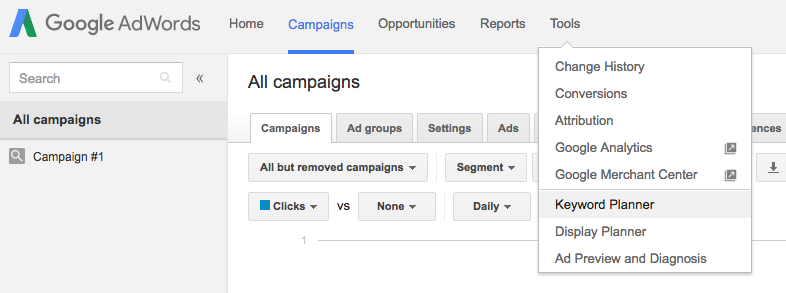
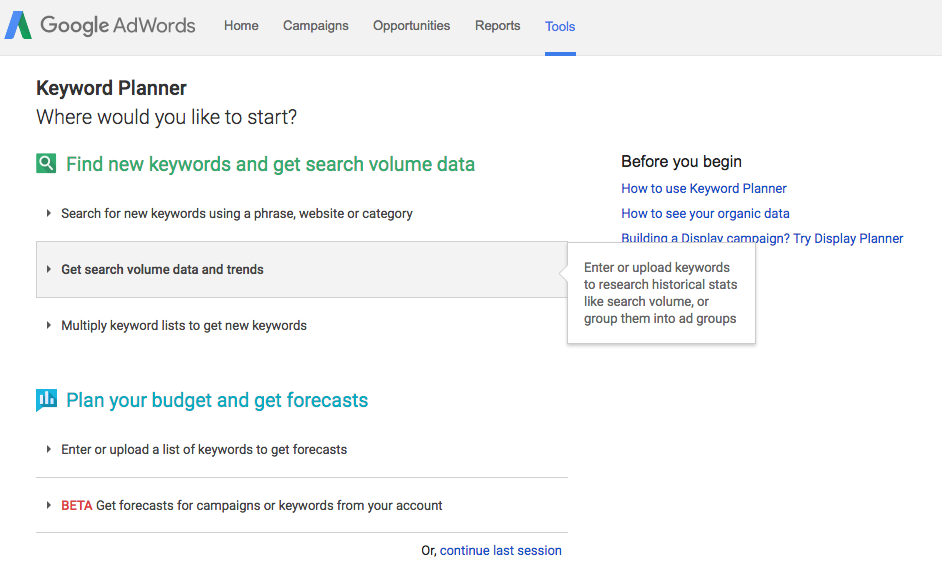
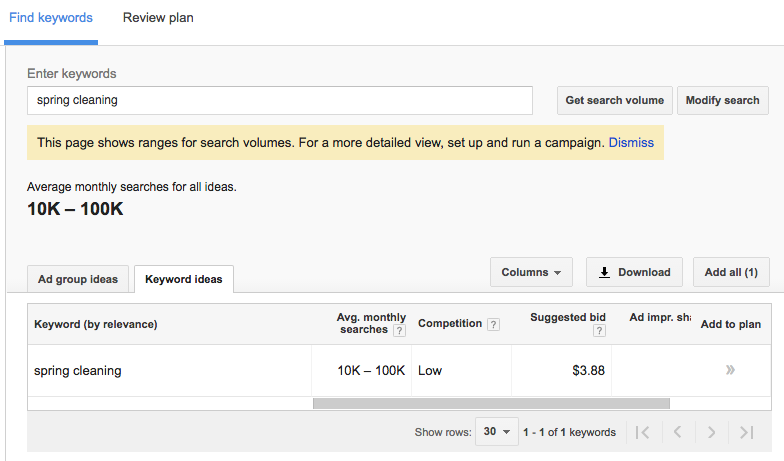
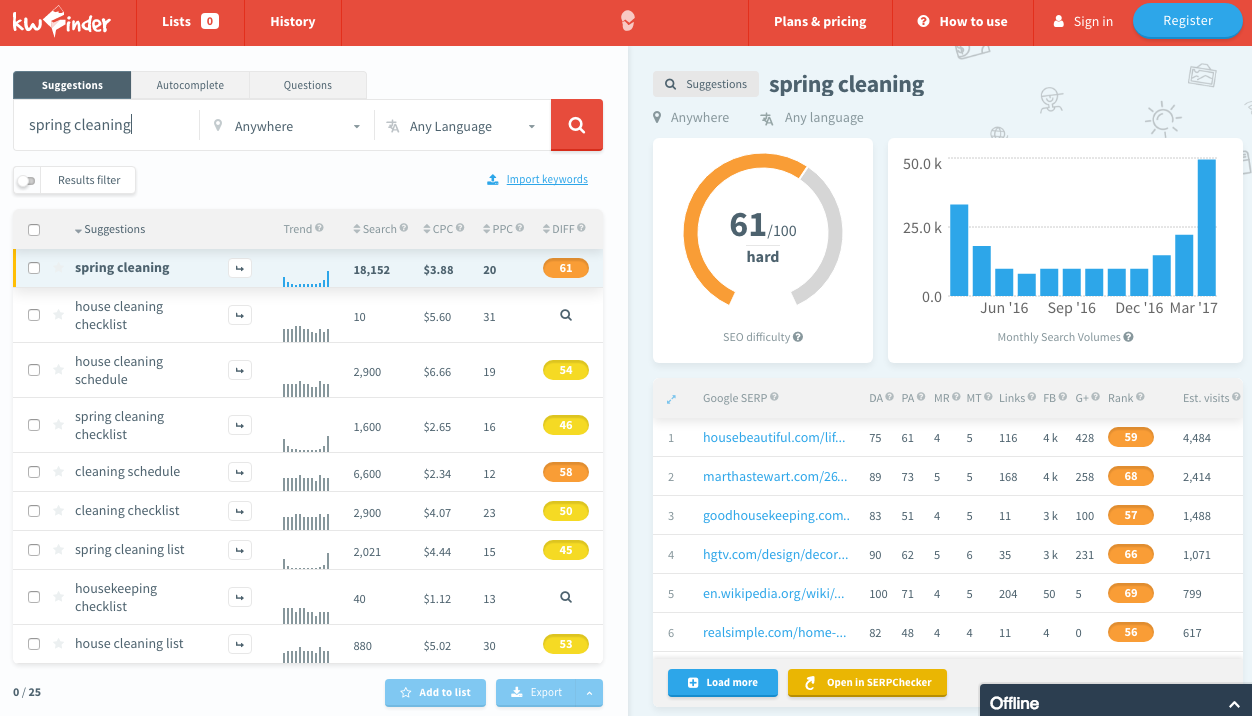
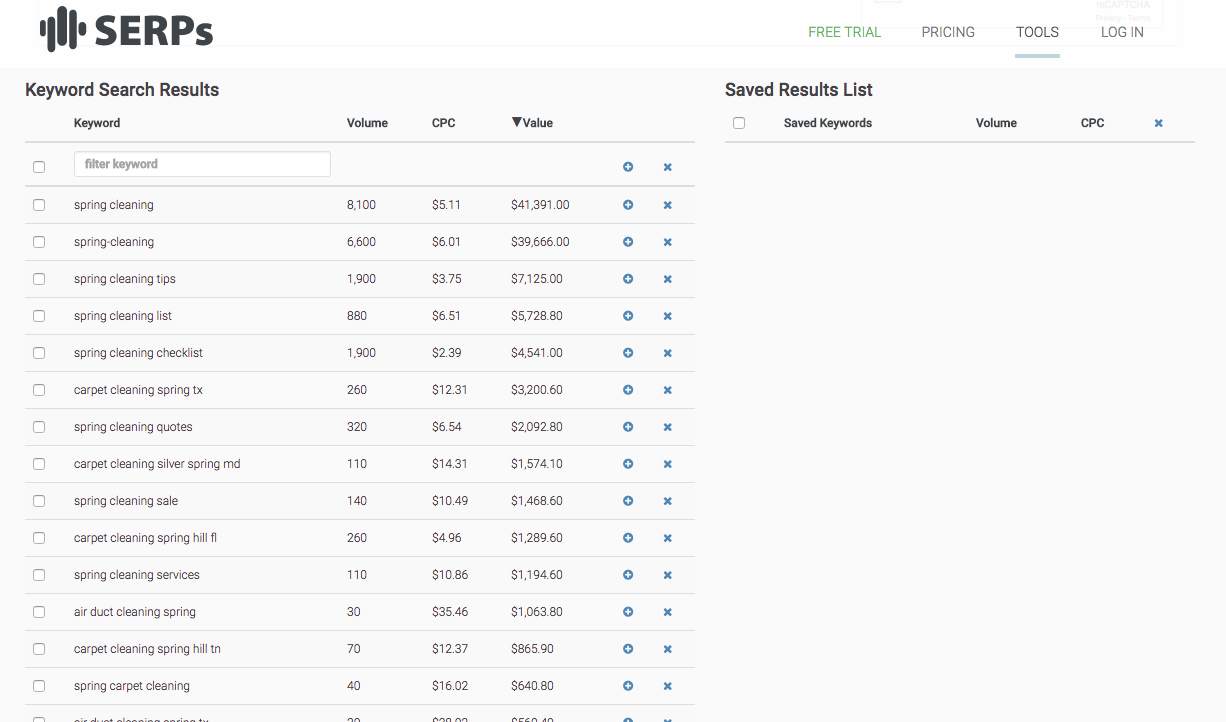
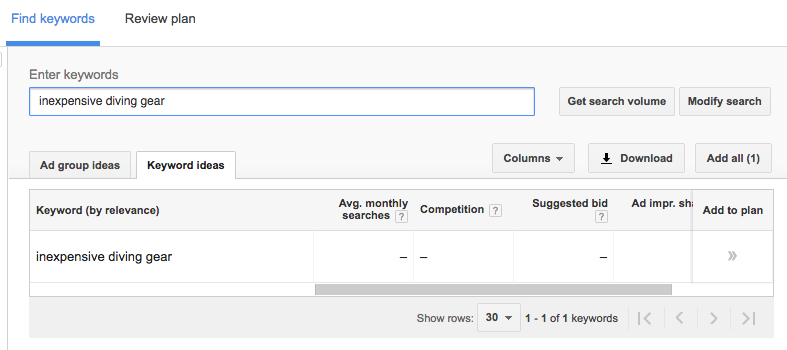


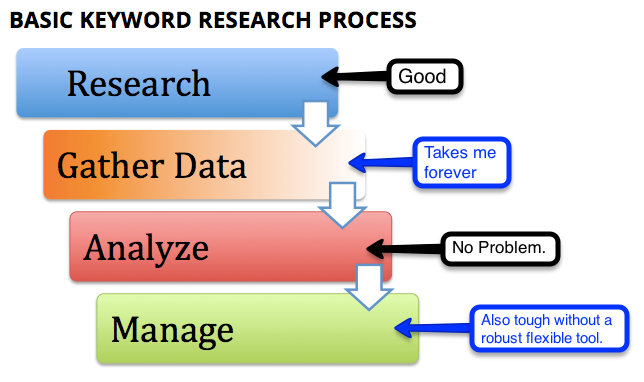
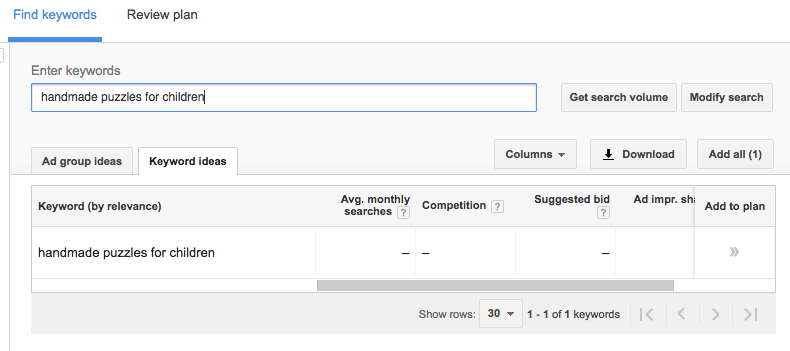

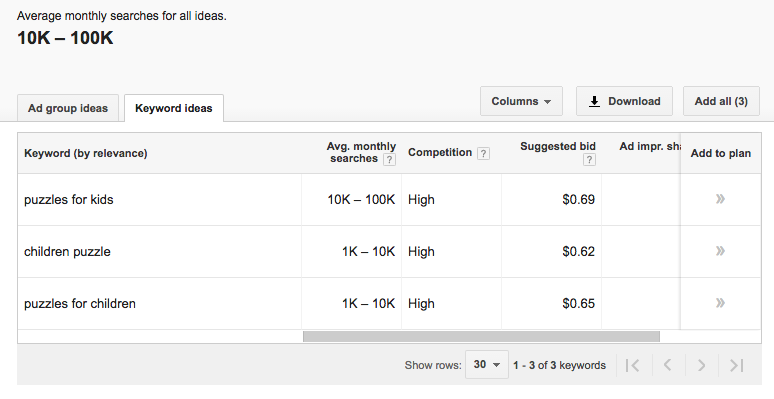
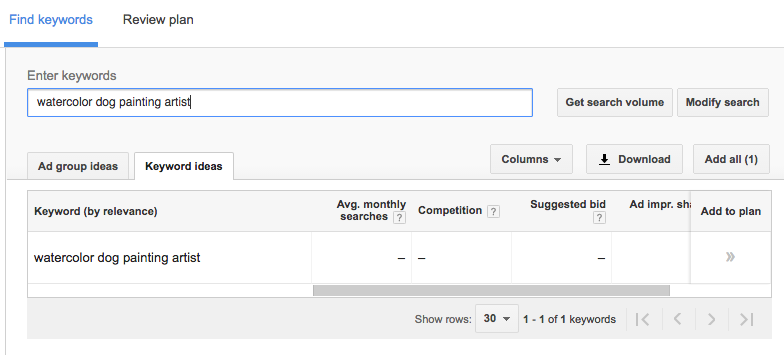
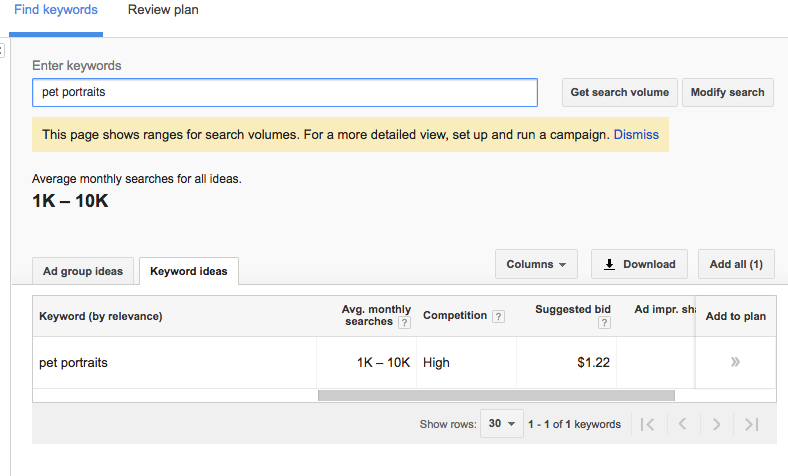
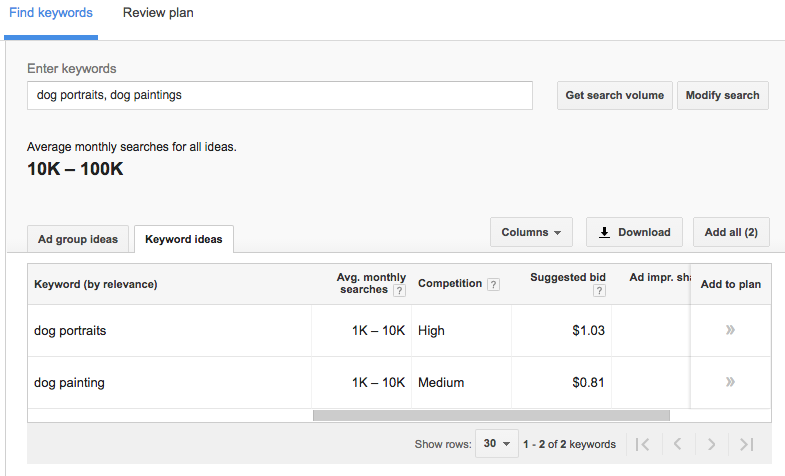
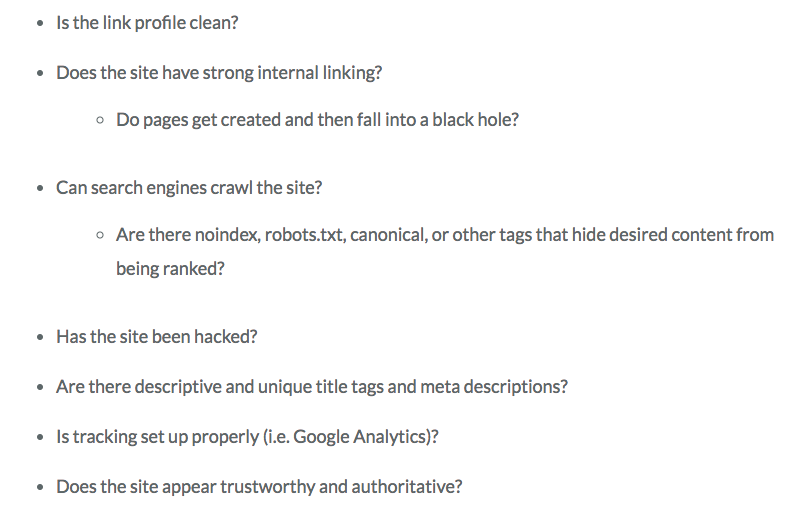


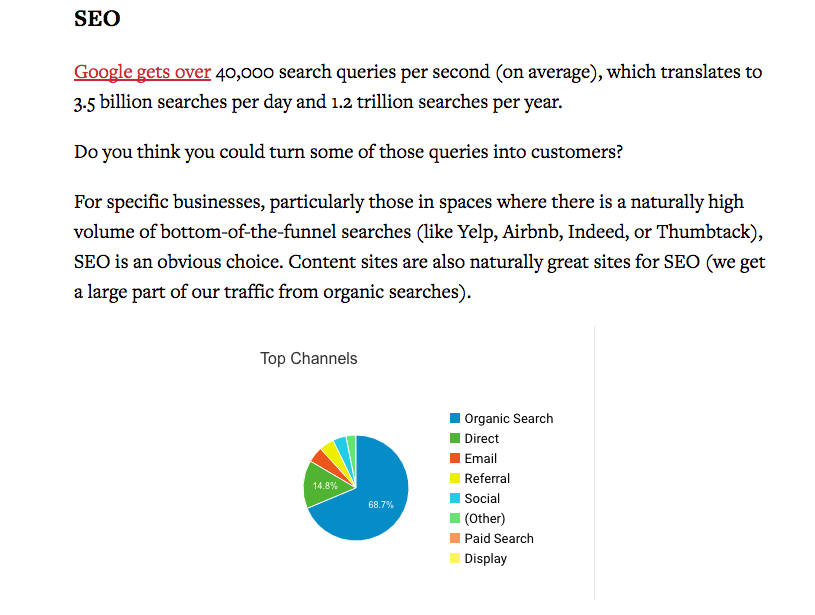
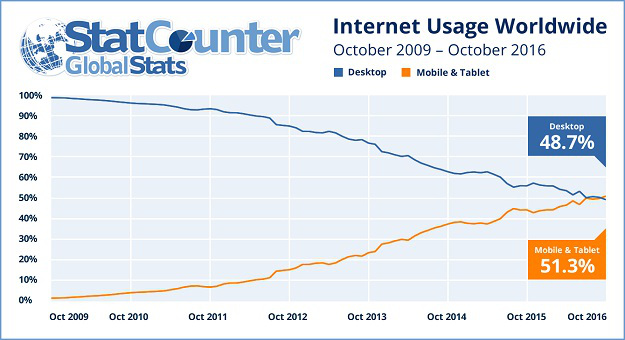
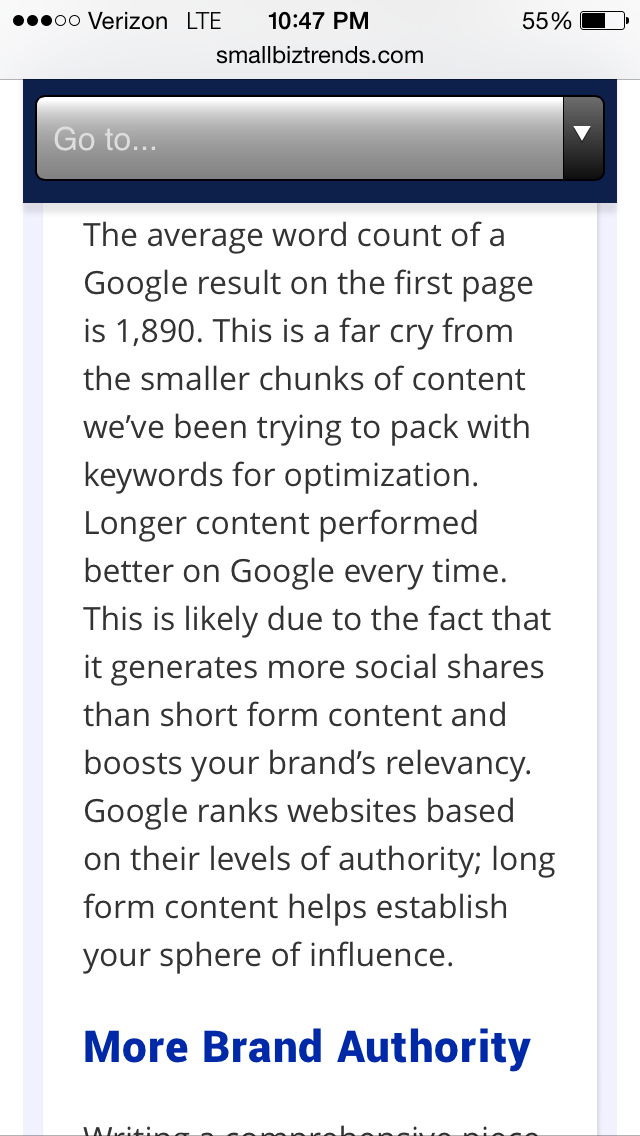
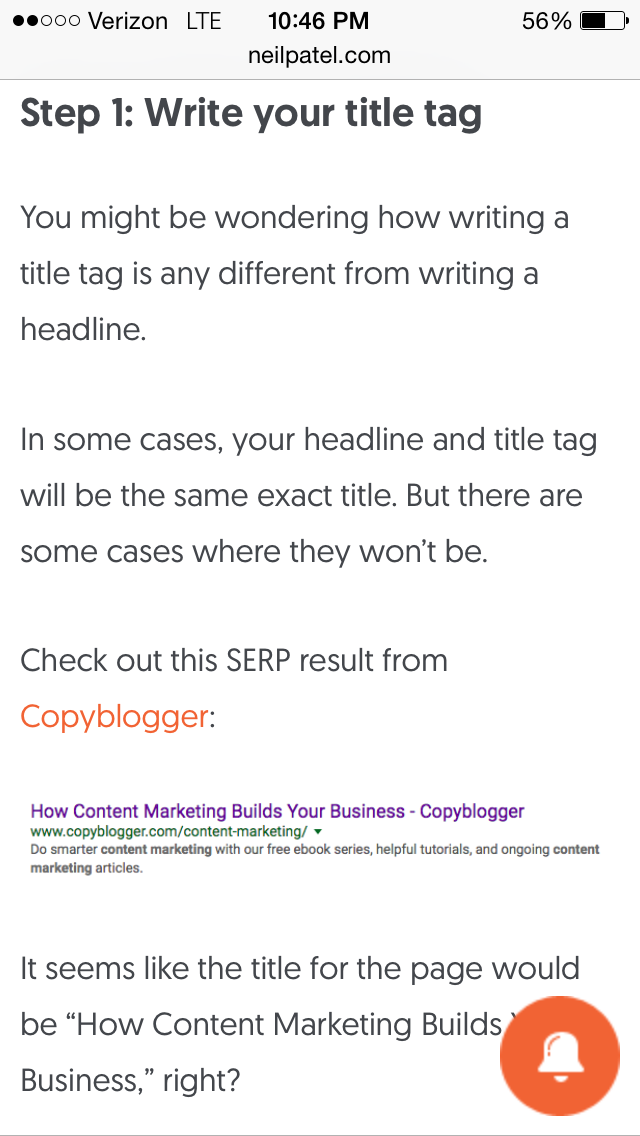
Comments (56)